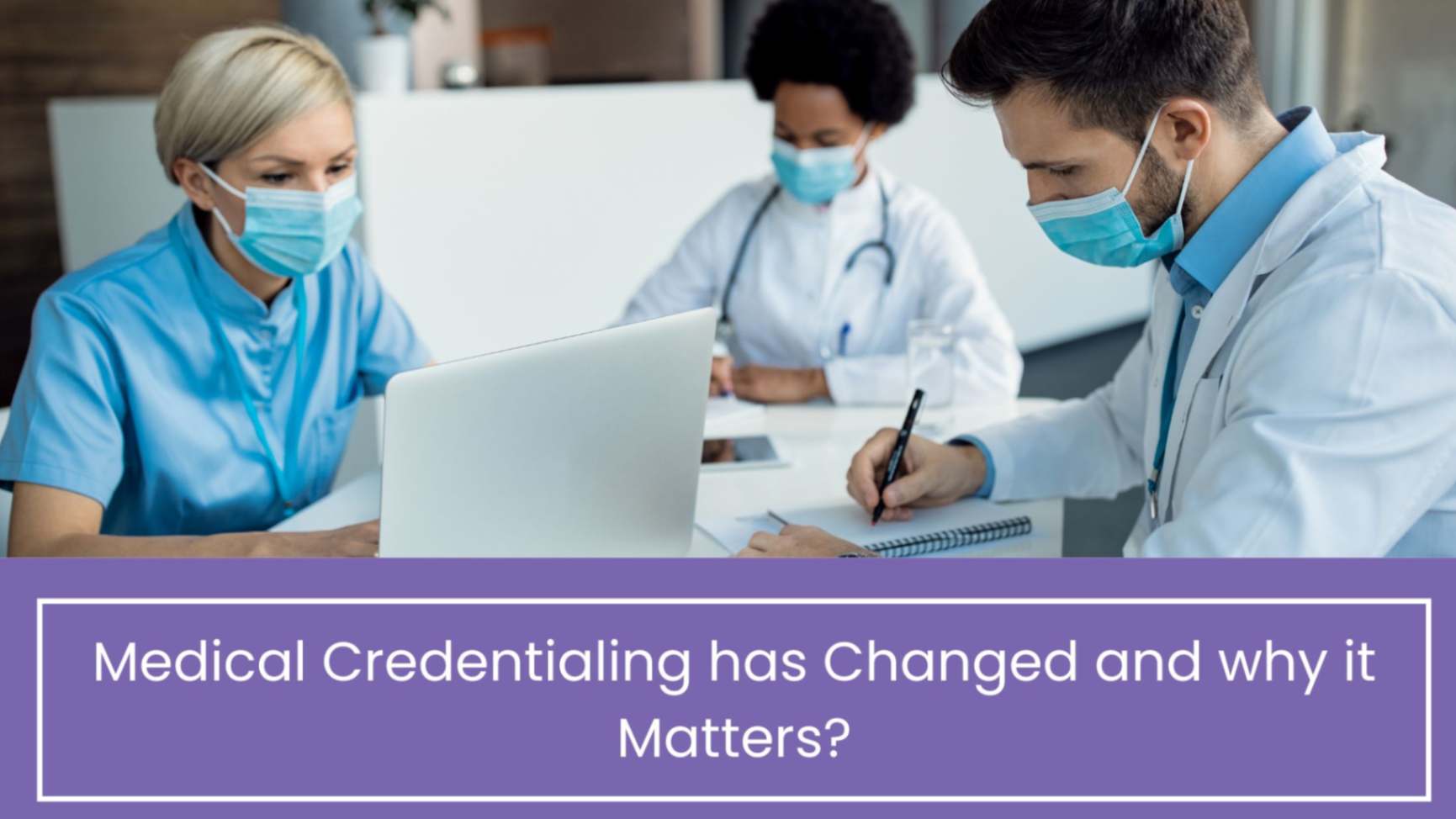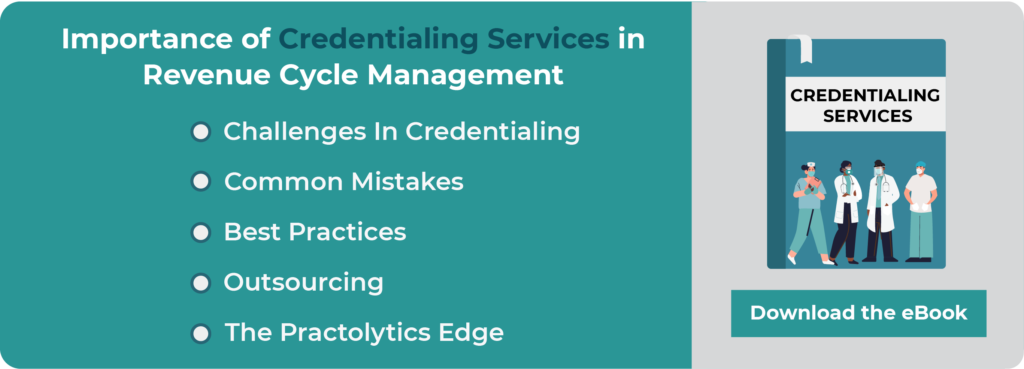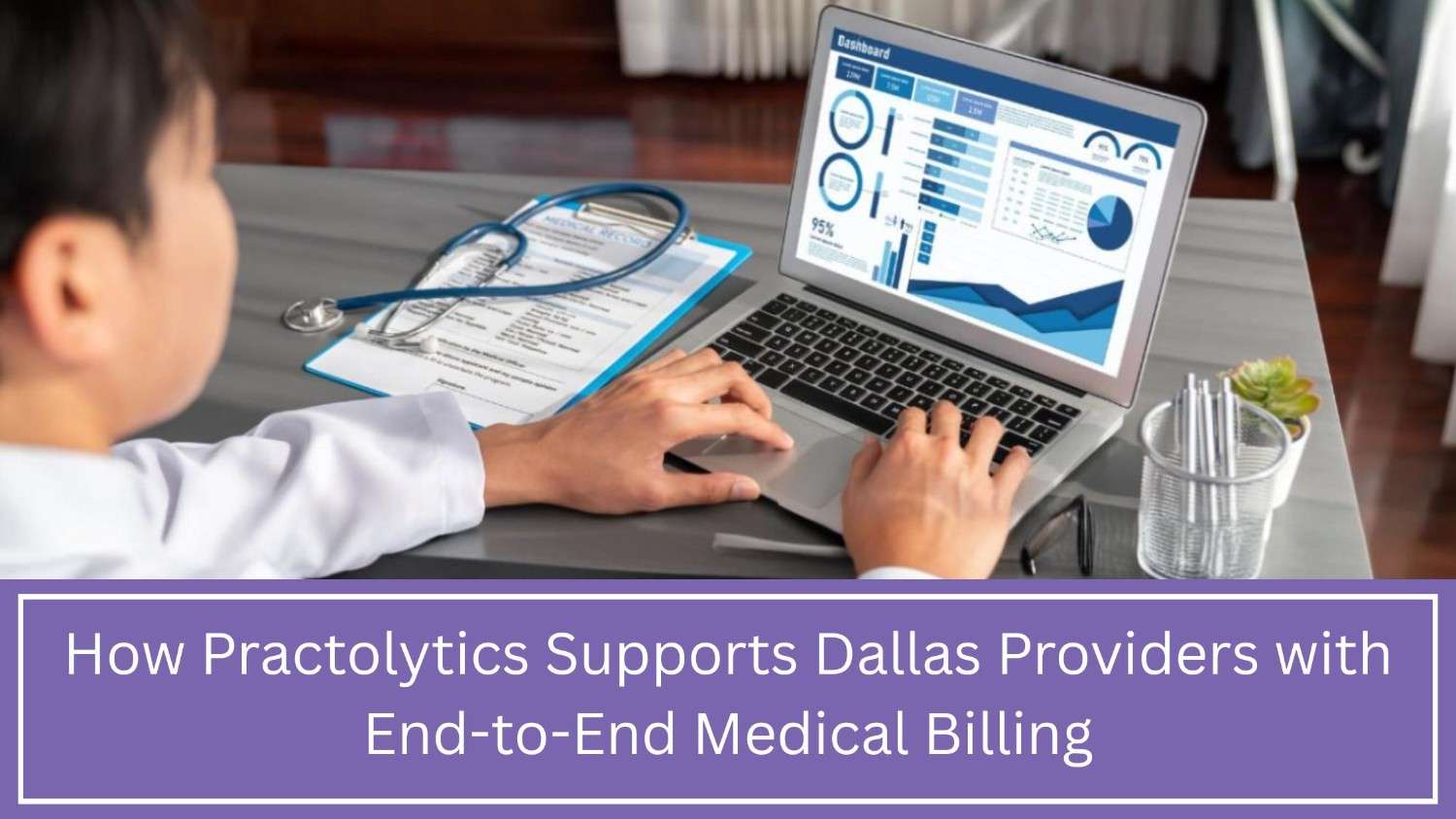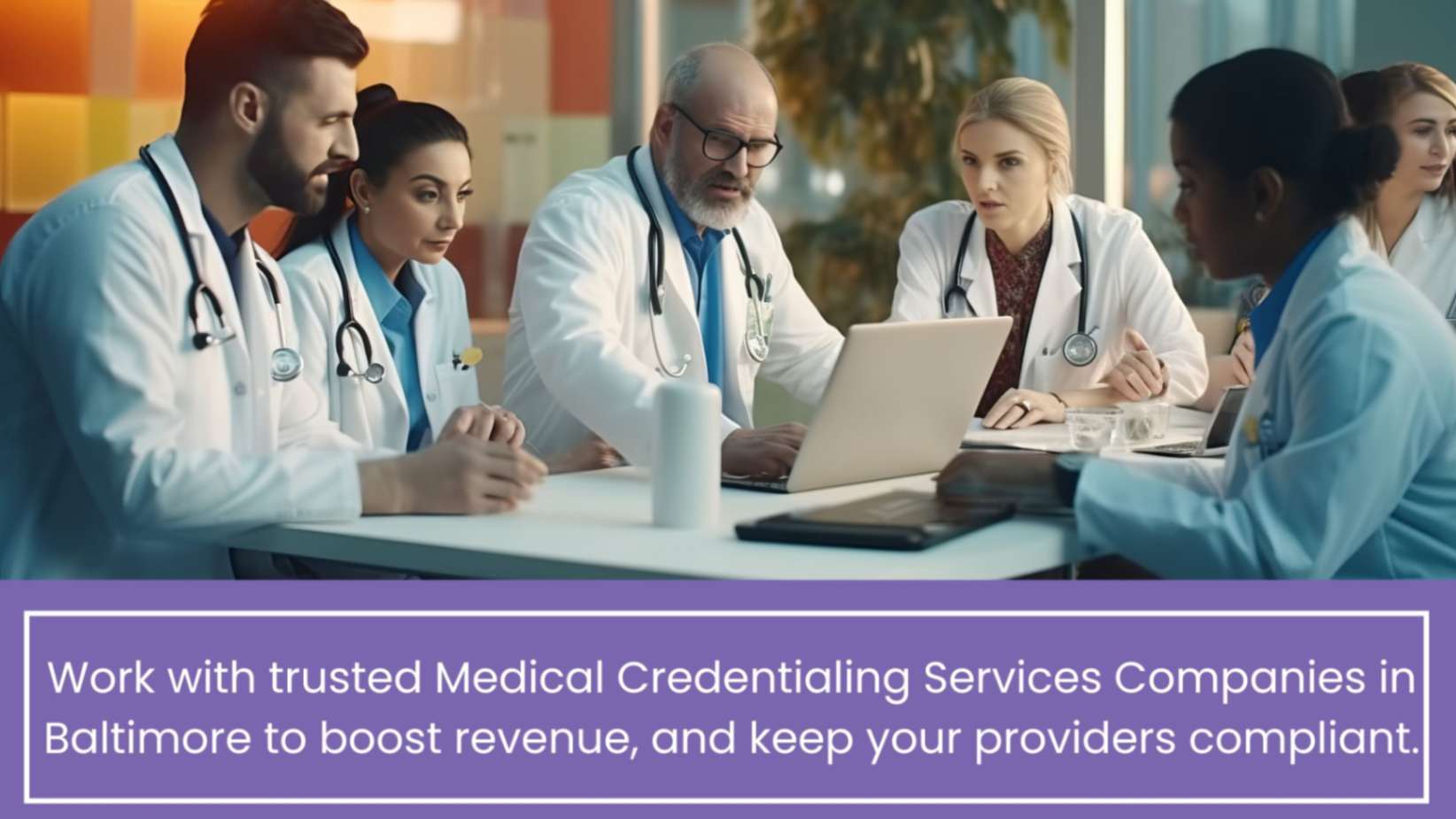Medical Credentialing has Changed and why it Matters?
The healthcare scene was different from today’s in 2025 just a few years ago. It is now vastly different. Technology advancements have had a big impact on the practices of medical practitioners. They now diagnose, treat, and care for patients differently as a result of these advancements. Increased emphasis on patient safety and treatment quality is driving these developments. Changing regulatory environments are also impacting these developments. There has been significant shift in medical credentialing. It significantly influences all healthcare organizations and providers, despite operating in the background.
The shift to digital systems has rendered manual processes obsolete. 2025 focuses on advanced digital solutions. A complex network of interconnected data and ongoing monitoring will define medical credentialing has changed and why it matters in this context. Understanding these changes is essential for patient safety. It is also essential for regulatory compliance, operational efficiency, and the success of your healthcare business. This goes beyond mere administrative requirements.
Table of Contents
The Digital Revolution: Automation and Integration Take Center Stage
The widespread use of digital technology in 2025 may be the biggest change to Healthcare medical credentialing services. Complex software solutions are now automating and streamlining manual operations that were formerly laborious. This digital revolution has brought about several key changes:
- Online Application Portals: We have mostly moved past the days of applying on paper. Providers use web portals for uploading documents and credentialing details. They also use these portals to monitor the status of their applications in real-time. This greatly lessens the administrative load for insurance credentialing services staff. It also makes the process easier for providers.
- Credentialing includes automated primary source verification. It checks a provider’s credentials, such as board certifications, educational background, employment history, and medical license, for authenticity and legitimacy. The time and effort required in this important phase will be significantly reduced by 2025 when automated PSV systems easily interface with primary source databases. The ability to verify in real time reduces delays and improves accuracy.
- Platforms for Integrated Medical Insurance Credentialing and Enrollment: Separated systems are going extinct. These days, modern credentialing solutions easily interface with databases for human resources, payer administration tools, and provider enrollment systems. This connection ensures data consistency. It also reduces needless data entry and streamlines the provider lifecycle.
- Machine Learning (ML) and Artificial Intelligence (AI) are being applied to credentialing. While still in its infancy, these technologies are showing promise for the field. These technologies use publicly available data to assist with tasks. These tasks include identifying potential red flags in application data, predicting the credentialing process, and identifying providers that may require closer scrutiny.
The Rise of Continuous Monitoring: A Proactive Approach to Safety and Compliance
With its recurring rounds of re-credentialing, the conventional credentialing model is giving way to one of ongoing monitoring. This shift reflects a growing recognition that a provider’s qualifications and professional standing can change between re-credentialing periods. In 2025, continuous monitoring involves:
- Automated systems track license and certification expirations. They keep track of crucial credentials, including licenses and certifications.They notify the credentialing team and the provider. They ensure renewals are made on time.
- Continuous Monitoring of penalties and Disciplinary Actions: Credentialing platforms are now able to connect with federal and state databases in order to keep an eye out for any negative incidents, penalties, or disciplinary actions that may have been taken against a provider. Organizations may quickly identify and mitigate possible problems thanks to this proactive strategy.
- Integration with Performance and Quality Data: Some sophisticated systems are starting to incorporate peer review results, patient feedback, and quality measurements with credentialing data. A more thorough evaluation of a provider’s continuous performance and competency is offered by this holistic viewpoint.
The Heightened Importance of Data Security and Privacy
Hospital Credentialing procedures are becoming more automated. This automation makes protecting sensitive provider data more critical. Strict laws like HIPAA must be followed by healthcare organizations. Strong cybersecurity measures must be put in place to protect data and stop illegal access. Credentialing software suppliers prioritize data encryption, audit trails, and access limits. They take this action to safeguard their brand and guarantee compliance.
Why These Changes Matter: The Far-Reaching Implications
The way medical credentials change in 2025 will have a significant impact on all parties involved in the healthcare system:
For Healthcare Organizations:
- Increased Productivity: Automation and integration greatly lessen administrative workloads, releasing important staff time and resources.
- Better Accuracy: Digital procedures eliminate human mistake, which results in more precise credentialing choices and a lower chance of noncompliance.
- Improved patient access and quicker staffing needs are made possible by streamlined procedures that speed up physician onboarding.
- Decreased costs are a result of automation and efficiency. These improvements lead to fewer credentialing-related operating expenses.
- Strict verification procedures and ongoing monitoring enhance patient safety. This creates a safer atmosphere for patients receiving care.
- Digital technologies help businesses stay compliant. They also help businesses stay up-to-date with changing requirements.
For Providers:
- Simplified Procedures: The credentialing process is quicker and easier because to online apps and digital document management.
- Real-time application status tracking decreases uncertainty. Increased transparency is achieved through this tracking.
- Automation reduces the need for repetitive data entry. It also reduces the need for manual paperwork.
For Patients:
- Robust and continuous credentialing processes guarantee that medical professionals fulfill strict standards. Knowing that these experts uphold the highest standards of treatment gives patients peace of mind.
- Patients can get the care they require faster. Qualified providers being onboarded quickly helps achieve this.
Navigating the Future of Credentialing Services
2025’s top medical credentialing services will be dynamic and ever-changing. The landscape of the best medical credentialing services will be dynamic and ever-changing. Healthcare companies must adopt contemporary, tech-driven solutions. This allows them to stay effective, compliant, and committed to providing high-quality treatment. To navigate the complexity of the contemporary healthcare environment, prioritizing data security is crucial. Continuous monitoring and strong credentialing software are essential for success.
Conclusion:
2025’s medical credentialing method is unique. It differs from previous systems. The digital revolution has made the process complex and interwoven. Constant monitoring and data protection are crucial factors in this complex process. Patient safety, regulatory compliance, operational efficiency, and patient trust are all dependent on these reforms. These reforms go beyond simple administrative ease. Organizations that understand and adjust to the changing healthcare environment will prosper. They will be in the best position to provide outstanding care while navigating the challenges of the contemporary healthcare period. A successful and sustainable future in healthcare depends on embracing these developments. You can no longer ignore them.
The article Navigating a Radically Evolved Landscape examines how automation, technology, and changes in regulations are making credentialing a more efficient, proactive, and risky procedure. With the replacement of antiquated manual methods by digital platforms, AI-driven technologies, and ongoing monitoring, credentialing is increasingly essential for guaranteeing provider legitimacy, improving patient safety, and upholding compliance. Healthcare organizations and providers like practolytics must pay attention to the growing importance of real-time verification, integration with performance measures, and increased data security regulations, all of which are examined in this article. Find out how adjusting to these changes can increase patient trust, lower expenses, speed up onboarding, and improve operational efficiency. Credentialing is becoming more strategic rather than merely administrative as the healthcare sector changes. Keep up with the times by embracing innovation and realizing the importance of contemporary credentials for success in 2025 and beyond.
Read More – Medical Credentialing Services: A Guide for Healthcare Providers






